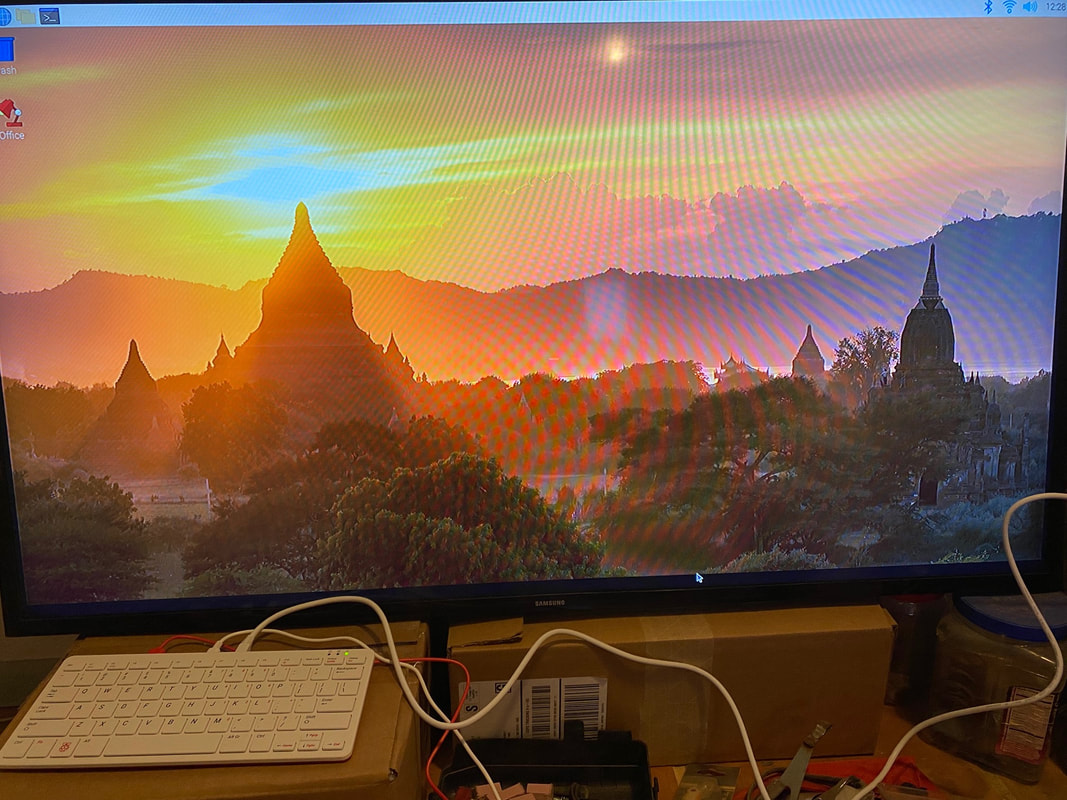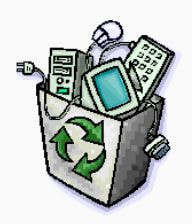|
For 15 years I worked from home. This began when we moved to Abiquiu. Carol kept her Chicago job also. It was great.
Nowadays, working from home is in the news like it never happened before. We started in 1999, and it was on dial-up. It was sometimes miserably slow, but I was a text based programmer, so it worked OK. When there was a change to a GUI, Graphical User Interface, then it became a problem. It flat out did not work. That was the middle of 2006 and I was worried. That project fell through though and I was spared, plus, in January 2007, Abiquiu got DSL. I found this fun article on the DO’s and DON’Ts of working from home and I thought it was timely. I don’t agree with everything. I did get dressed to go to work. It was part of the discipline of taking the work seriously. On the other hand, my desk is a MESS, and we never did video calls. Not once. If you are working from home or you have a kid schooling from home, then this may be a useful READ. If you are thinking about buying a new MacBook, I say “Go for it!” There are some considerations though.
The newer MacBooks, say from 2015 on, are not necessarily upgradable. This is important because Apple sells MacBooks with pretty small hard drives and ram. If you are somebody that keeps a MacBook for more than a few years, say 3 years, then you might consider upgrading your choice on the HD and ram. Make sure whatever you get is at least as big as the computer you are replacing. Upgrading older MacBooks, when possible, is fairly straightforward. The bottom cover comes off with about 10 tiny screws and you generally have access to the battery, ram, and hard drive. The three things a user might want to replace. iMacs are different. Older iMacs had a magnetic screen cover, then the display screen to unscrew, and then general access. It can be a bit of an ordeal to replace the HD. Newer iMac screens are glued in and I find that quite a bit more problematic. I haven’t seen a Mac Mini in years, so I can’t speak for the newer ones, other than that I have read they are really good computers and priced nicely. An article to reference on upgrading MacBooks is HERE. Older MacBooks, prior to 2015, can really benefit from an SSD drive, if it doesn’t have one already. MacBooks prior to 2009 though, those are tough. There are patched versions of Catalina that will run on some Macs where Apple only allows El Capitan, so that’s something to consider. If you have a path to Catalina on an older Mac, then upgrading to an SSD and adding memory would also make sense. Ultimately though, if you are using a 2009 MacBook still, then you got way more than your moneys worth. I say, “Great job and well done!”. If you are still on Windows 10, and many people still are, then c/net has published a useful article for helping to speed it up. Windows 10 itself can offer suggestions in the Settings app, however, some of those can be as drastic as resetting the PC. While a reset can be useful, especially if you are giving it away, the reset will get rid of your installed programs, though it can save the associated data.
A link to the article is HERE. I also recommend uninstalling unwanted programs, removing documents and pictures you don’t really need, and cleaning up your email, if you use a local client like Outlook. Make a backup just in case you go overboard. iPad/iPhone Recovery tip from Rick
Carol subscribes to a Rick’s Daily Tips blog, for tech tips. It’s pretty good, and I can’t imagine writing a tech tip daily. Click on the link to go to the blog, there’s way more. This one caught her eye and she sent it to me and I thought it could be pretty useful: Today's Quick Tip.... How to designate a Recovery Contact on your iPhone or iPad Do you know someone who permanently 'bricked' their iPhone or iPad because they forgot their login code and then were unable to log in to their iCloud account? Yeah, me too. Unfortunately, it happens all the time. The good new is you can prevent that from happening to you if your device is running either iOS 15 or iPadOS 15 thanks to a new feature that allows you to designate someone you trust as a Recovery Contact. In a nutshell, if you get locked out of both your device and your iCloud account you can use your iPhone to call your Recovery Contact. That person will then receive a secret code that you'll be able to use to log back in to your iCloud account without knowing the password. Pretty awesome feature, right? Follow these steps to designate a Recovery Contact on your iPhone or iPad: 1 - Tap the Settings icon (it looks like a 'gear' or 'cog'). 2 - Tap on your name at the top of the screen. 3 - Tap Password & Security. 4 - Tap Account Recovery. 5 - Tap Add Recovery Contact. 6 - Select the person you want to designate as your Recovery Contact. If you don't see the person listed, tap Choose Someone Else. 7 - After you've selected the person you wish to designate as your Recovery Contact, tap the Send button to send that person a message asking them to accept that role. If they accept, you're done. If they don't accept you'll need to choose someone else. Last week I wrote about the Raspberry Pi 400, because a reviewer stated he got one and tried it out as his main computer for week, successfully. I had my doubts. I got mine from Amazon for $119.67. It’s a kit that comes with a keyboard that contains the Raspberry Pi, a mouse, a power supply, the operating system on a Micro SD card, and a beginners guide to all the stuff you can do on it. I spent just a little time on it trying to figure out what it would do. My needs are pretty basic these days, so right off the bat I’d say that yes, it can be my main computer. I’d also say that an iPad could be my main computer, as any decent tablet could, as well as a good smart phone. First, a description. The Raspberry Pi booted up first time and asked a few questions. I have it hooked up to the HDMI of a spare TV for now. After starting up it boots to a familiar desktop. This is a Raspberry modified Debian type of Linux. But most folks won’t care and they don’t need to. It feels like a Windows or Mac desktop well enough, so it’s comfortable to navigate.
I poked around for some apps so I could do something. There’s an icon for a browser at the top, so I went on the internet. That pretty much takes care of well over half of my needs. Next I looked at the apps available that are already part of the system. OfficeLibre was there, which is an open source version of MS Office. And there were the rest of my needs. Much like a Chromebook type computer, this has the basic requirements of the vast majority of people out there. Nothing fancy, if you don’t want, just the basics. Of course, the cool thing about the Raspberry Pi is that it can do WAY, WAY more. It’s not just Linux, which allows some great programming and modification opportunity, it’s also a Raspberry Pi, which allows for some great hardware and programming opportunities. I’ve always been intrigued by these tiny computers, and this one is the best looking of the bunch. It’s inexpensive, functional out of the box, and offers programming options that are great for those interested, like maybe your kids or grandkids? If I ever get around to the tech-weenie bit, I’ll write some more about that. I know people are using the Raspberry Pi to do remote monitoring/control of office buildings HVAC systems, computer arcade games, and home monitoring, just to name a few things. Check it out on Google if you are interested, or buy one on Amazon if you want to try it out. |
Tech TipsThere's a lot of fake information out there. Please be scrupulous about what you share on Facebook and other platforms. Here are some trusted sources. Please don't rely on social media for your information.
Abiquiu Computer Recycling
Abiquiu Computers gives away available computers for FREE. We recover used pc’s and upgrade them, repair them, refurbish them so they may have another life with someone else. CategoriesArchives
June 2025
|


 RSS Feed
RSS Feed